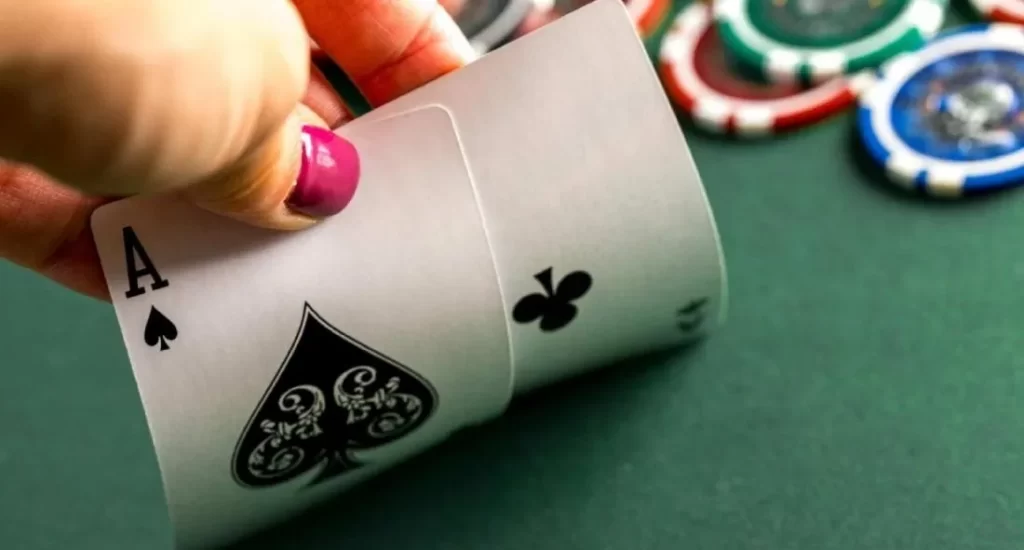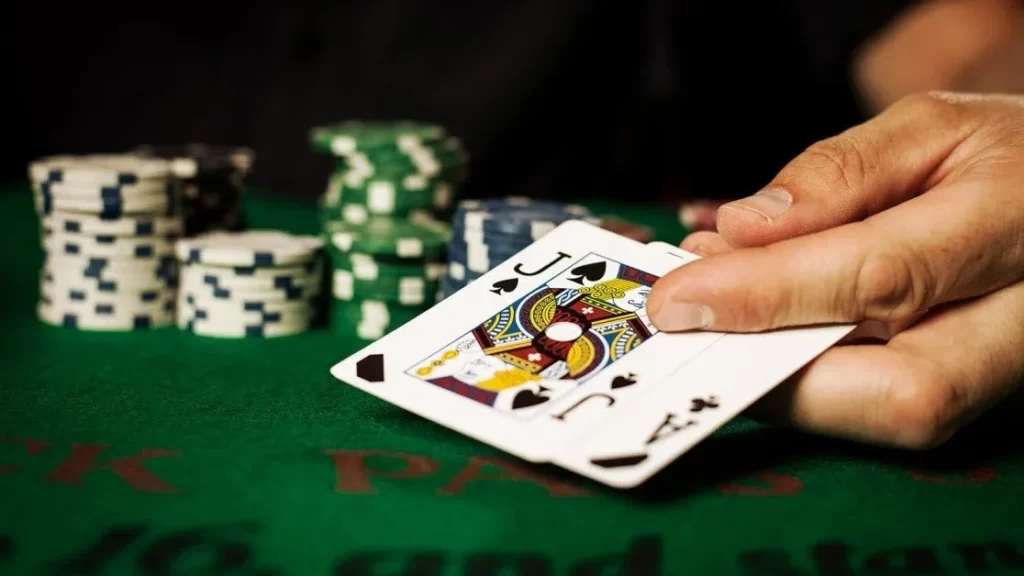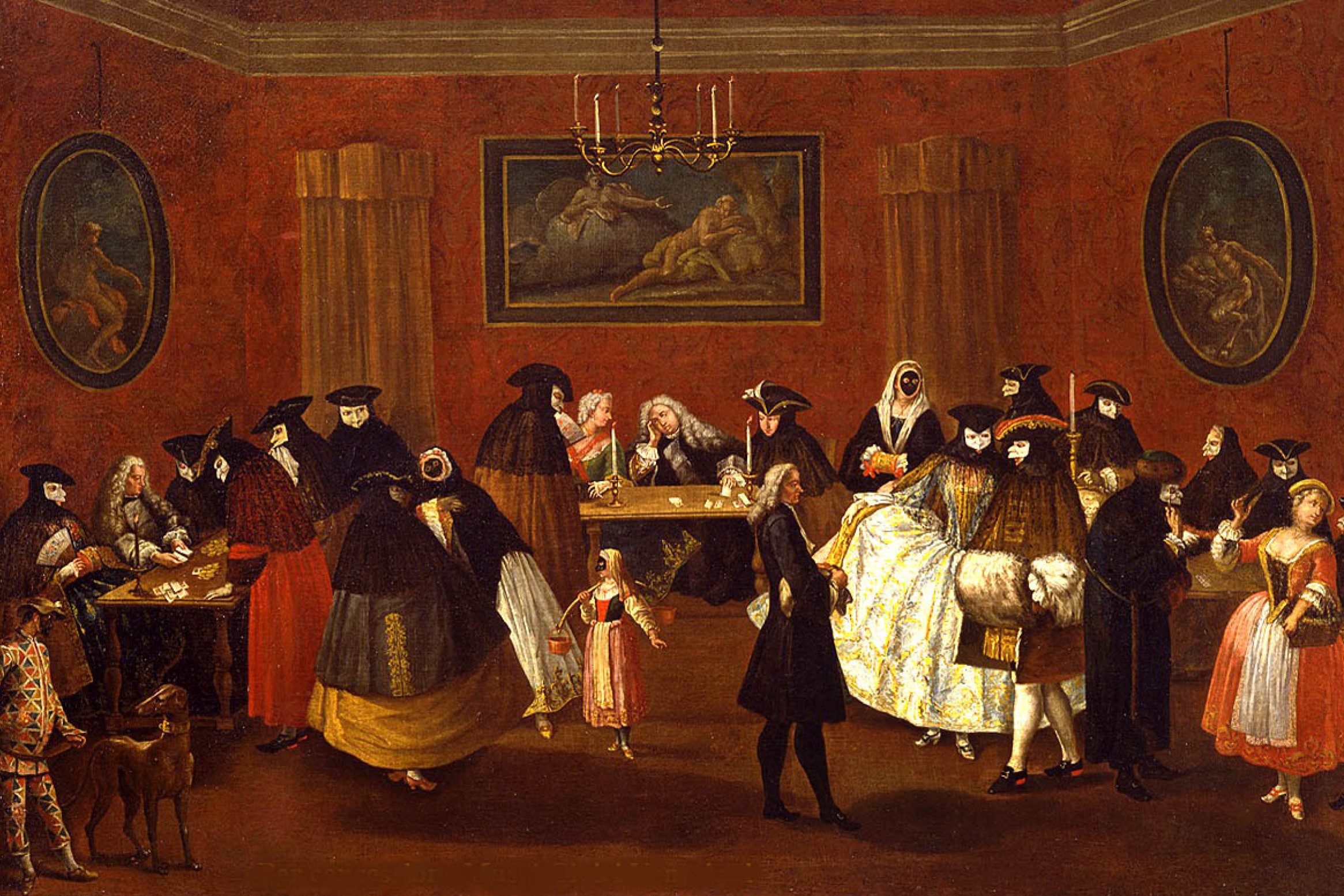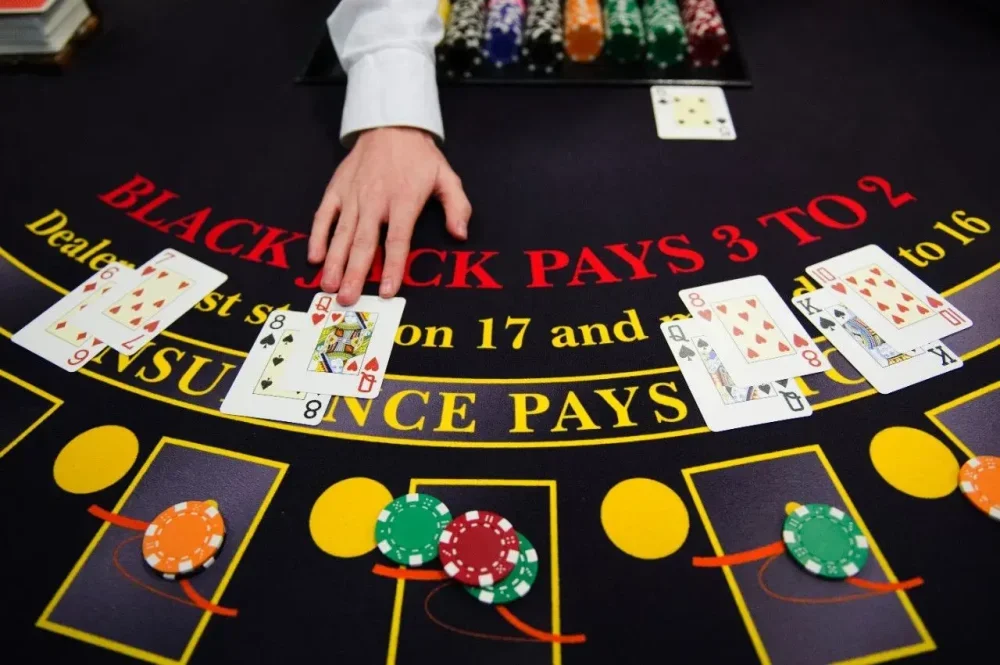Each card in blackjack is a mystery, the key to which can bring a solid win. In this article, we will reveal the secrets of card combinations and help you better understand the game of chance.
The meaning of cards in blackjack
Cards are more than just numbers and images. Each gives a certain number of points, and the success of the game depends on how they are used. Cards with numbers from 2 to 10 give as many points as written on them. Jacks, queens and kings provide 10 points each, and an ace can bring either one or 11 points, depending on what is more profitable at the moment. Learning the denomination of cards in blackjack is one of the main elements of successful game tactics.

When you get an Ace and any card with a value of 10, it is called a “natural blackjack”. This combination is considered the most profitable. It is important to remember that the tools work in favor of the player only when he correctly uses their potential.
How the value of cards in blackjack affects player strategies
An Ace can play the role of a savior if you need to get points without exceeding 21. Tens and pictures in your hand increase the likelihood of getting the required number of points without exceeding the limit. Here are some examples:
Ace and eight. The combination of “soft 19” allows you to take risks and take another card, since the Ace can change from 11 to 1 without going over.
Two tens. 20 points – almost an ideal combination, which is better not to break, since the probability of improving your hand is extremely low.
Three, four and five. Give 12 points. In this situation, it is important to remember that you have small cards in your hands that can be improved, but there is also a risk bust.
It’s important to know when to stop and when to take a risk – the difference in card values changes the player’s strategic approach, making the game both an art and a science.
The Role of the Ace in Blackjack: Why is it so Important?
 This is the most flexible and important card in blackjack. When it is present, the player has the opportunity to change strategy depending on what the host has in his hand.
This is the most flexible and important card in blackjack. When it is present, the player has the opportunity to change strategy depending on what the host has in his hand.
Historical background
Blackjack, also known as “21”, originated in 18th century France under the name Vingt-et-Un (“twenty-one”). At that time, the game gained popularity among the aristocracy and quickly spread throughout Europe. The basic concept of the Ace as a flexible card is one of the key features that attracted players, because it could be both a powerful trump card and a lifeline in difficult situations. In the early 20th century, blackjack migrated to America, where its rules were slightly modified, and mass interest in card counting strategy began. It was from then on that the Ace took its special place in gambling culture and became a symbol of success and flexibility in blackjack.
Strategies for using the Ace in different situations
If you have a “hard” combination (for example, 14 points), the Ace can turn into the very card that will save the game. On the other hand, if you have a “soft” 17, it is better to leave it as 11 to avoid busting.
Blackjack and points: how winning combinations of cards are determined
Points are the basis of the game. The Ace, the most flexible member of the deck, can be worth either 1 or 11 points, depending on the situation, which we mentioned earlier. The King, like the rest of the pictures (Queens and Jacks), always brings 10 points. For example, a combination of a jack and a seven will bring 17 points, and if you add an Ace, the amount will change depending on which value is more favorable – 1 or 11.
Knowing how the values of the cards in 21 are determined helps you make the right decisions at every stage of the game. The better a player understands how blackjack is counted, the better their chances of winning. The specifics of the Ace and King can completely change the outcome of a hand. If you have an Ace and a seven, you can play it soft, counting the Ace as 11, or play it safe, counting it as 1.
Blackjack Strategy: How to Count Cards to Win
Counting is a strategy by which players keep track of which cards have already been dealt in order to better understand the likelihood of getting the one they need in the future. This is not magic, but pure mathematics. When counting, players add or subtract points depending on their face value.
Key points when counting:
- 2 to 6. Add +1, as they are beneficial to the player and increase the likelihood of the dealer busting.
- 7 to 9. Are considered neutral and do not change the overall count.
- 10 to Ace. Subtract -1 from the count, as they are favorable to the dealer and can create strong combinations.
- Rich Deck. When the total count is high, it means that there are many high cards left in the deck, and this is favorable to the player.
- Lean Deck. If the total count is low or negative, it means that there are more low cards in the deck, which makes it more difficult to get 21.
This system helps to determine at what point the deck becomes “rich” and gain an advantage. Card counting in blackjack is a key skill for those who want to increase their chances of success.
Beginner Mistakes in Card Counting and How to Avoid Them
Beginners often make the same mistake: they start counting, but lose concentration as the game progresses. They need full attention and practice. We recommend starting with simple training to bring the process to automatism.
Another mistake is excessive confidence. Card counting is not a guarantee of winning, but only a tool that helps you make more informed decisions.

Conclusion
 Blackjack cards are the basis on which strategies are built and because of which wins and losses occur. Understanding their meanings and using them correctly helps players make more informed decisions and increase their chances of winning. Learn to count cards, study the combinations, use them correctly, and then success is inevitable.
Blackjack cards are the basis on which strategies are built and because of which wins and losses occur. Understanding their meanings and using them correctly helps players make more informed decisions and increase their chances of winning. Learn to count cards, study the combinations, use them correctly, and then success is inevitable.
 en
en  ru
ru  de
de  ar
ar  es
es  hi
hi  fr
fr  nl
nl  it
it  pt
pt  el
el 










